What Makes a Border Surreal?
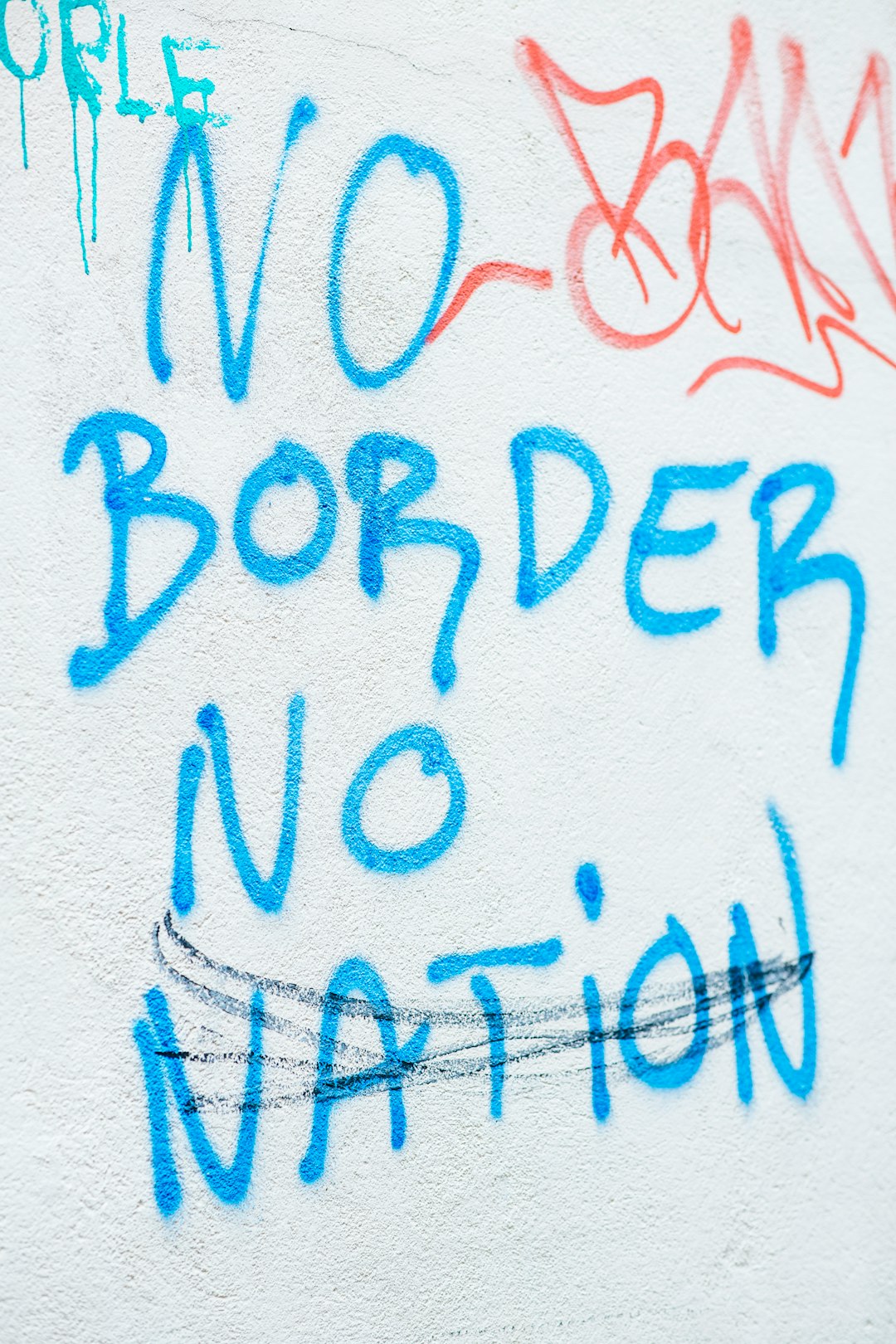
Imagine standing in one place where two worlds collide—where the rules, the language, and even the air seem to shift with a single step. The most surreal border crossing in the United States is not just about fences or checkpoints; it’s about the uncanny feeling of being caught between two entirely different realities. People who cross here routinely describe it as stepping through a portal, not just a gate. It’s not only about politics or economics, but about how the line itself slices through everyday life, families, and even city streets. This border is a living contradiction: tense yet vibrant, regulated yet chaotic, secure yet full of uncertainty. For many, it evokes a blend of anxiety and awe. What makes this place so shocking is how it reveals the invisible boundaries that shape our world, right before your eyes.
The Remote Wonderland: Antelope Wells, New Mexico

Among all U.S. crossings, Antelope Wells, New Mexico, stands out as the most surreal. Located in the middle of the Chihuahuan Desert, it is the least-used legal port of entry between the U.S. and Mexico. In 2024, fewer than 1,000 vehicles crossed here in an entire year—a number so low it’s almost hard to believe. The crossing sits surrounded by endless desert, with no real town on either side, just a tiny U.S. Customs facility and the barest remains of a Mexican village. The silence is broken only by the wind and the occasional car, making the border here feel more like an abandoned film set than a point of international exchange. The sense of isolation is overwhelming, even for seasoned travelers. It’s hard to imagine a more surreal way to enter or leave a country—almost as if you’re slipping through a secret door that the modern world forgot.
The Ghost Towns and Empty Roads
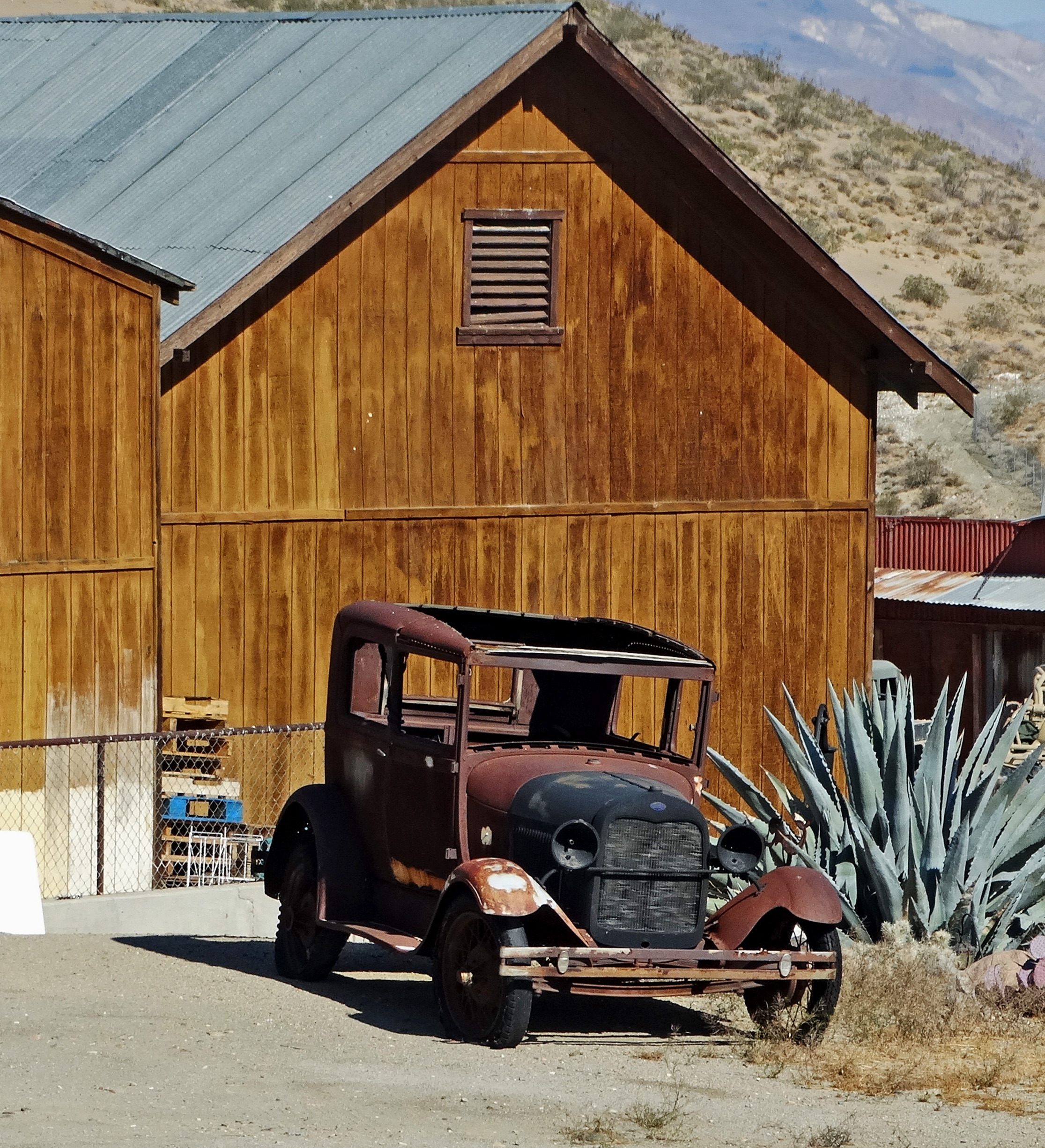
Unlike bustling border cities such as San Diego or El Paso, the approach to Antelope Wells is a journey through emptiness. For over 40 miles in any direction, there are no gas stations, no restaurants, and barely any signs of life. The nearest U.S. town, Hachita, is itself a near-ghost town, with just a few dozen residents. On the Mexican side, El Berrendo is a village so small that census officials sometimes miss it altogether. Travelers often describe the drive as both beautiful and unsettling, passing through endless stretches of desert where mountains loom in the distance and the sky feels impossibly vast. The road seems to go on forever, making the crossing feel like a mirage—a strange outpost at the edge of nowhere.
A Border Crossing Without the Crowds
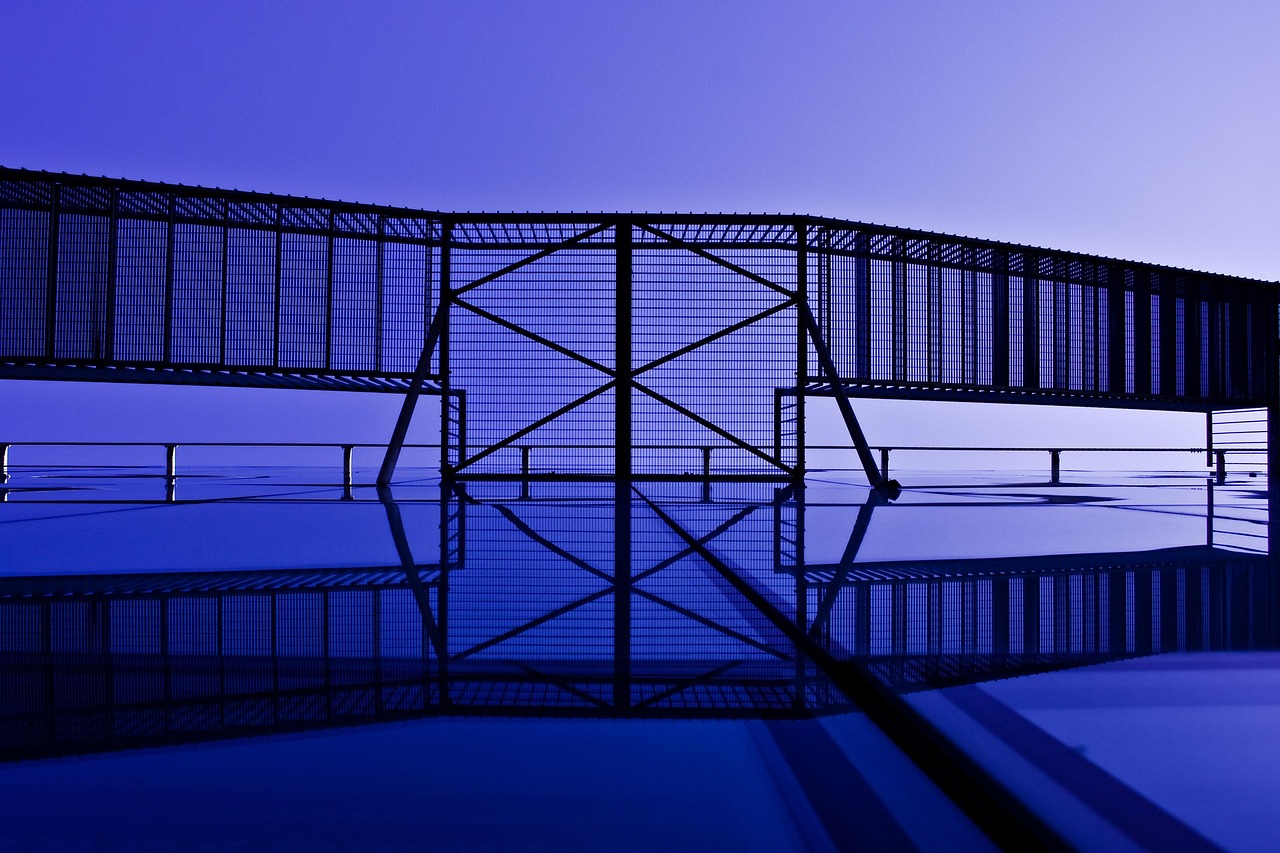
Stepping into the Antelope Wells facility feels almost surreal because of the silence and lack of activity. On a typical day, you might find just one or two border agents on duty, and there is rarely a line of cars. In 2023, the official data showed that on many days, not a single person crossed. This emptiness is a stark contrast to the chaos and congestion found at other border points. Some travelers have reported arriving to find the facility seemingly closed, only to see an agent appear from a back room after a few minutes. The crossing operates from 10 a.m. to 4 p.m., and if you miss that window, you’re out of luck until the next day. It’s a place where time seems to slow down, and the usual rules of border travel don’t quite apply.
The Reason for Its Existence
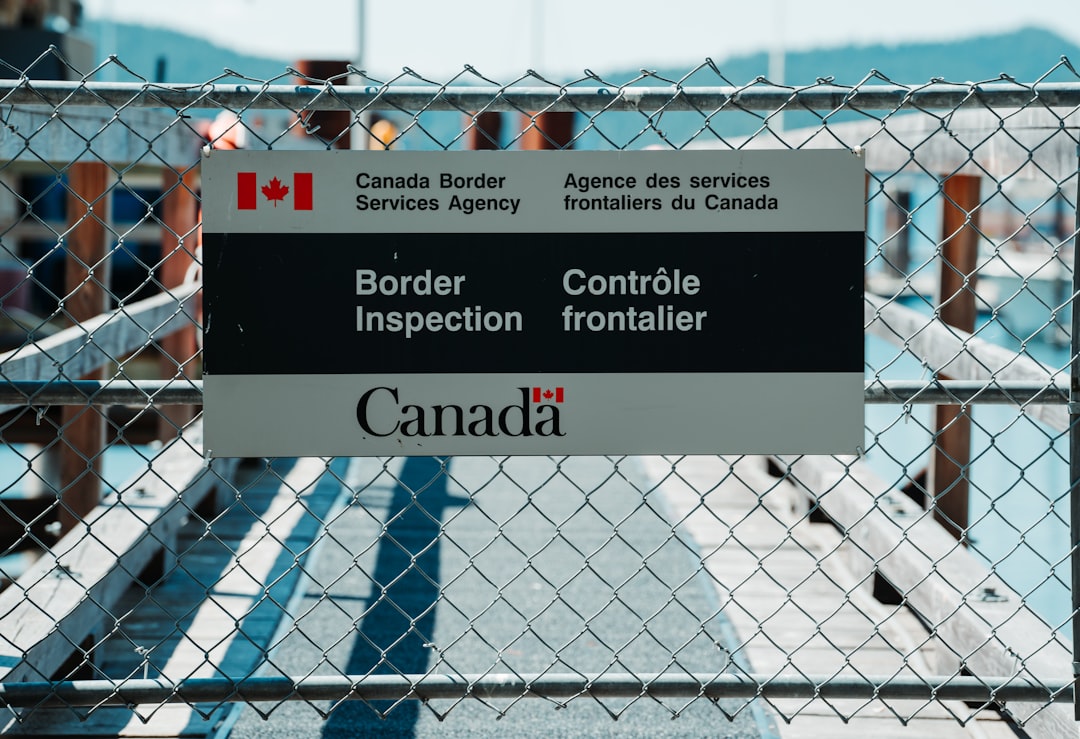
Why does this lonely crossing exist at all? The answer lies in a mix of history, geography, and politics. Antelope Wells was established in the late 1800s as a way to support cattle ranching and trade in the region. Over the decades, its role changed with the tides of immigration, smuggling, and international relations. Today, its existence is partly symbolic—a sign of goodwill and connection between the U.S. and Mexico, even in places where few people actually cross. The U.S. government keeps it open to maintain legal entry for ranchers and for the rare traveler on the Continental Divide Trail, which passes nearby. It’s an echo of a time when borders were less about barriers and more about bridges between communities.
The Human Stories of Antelope Wells
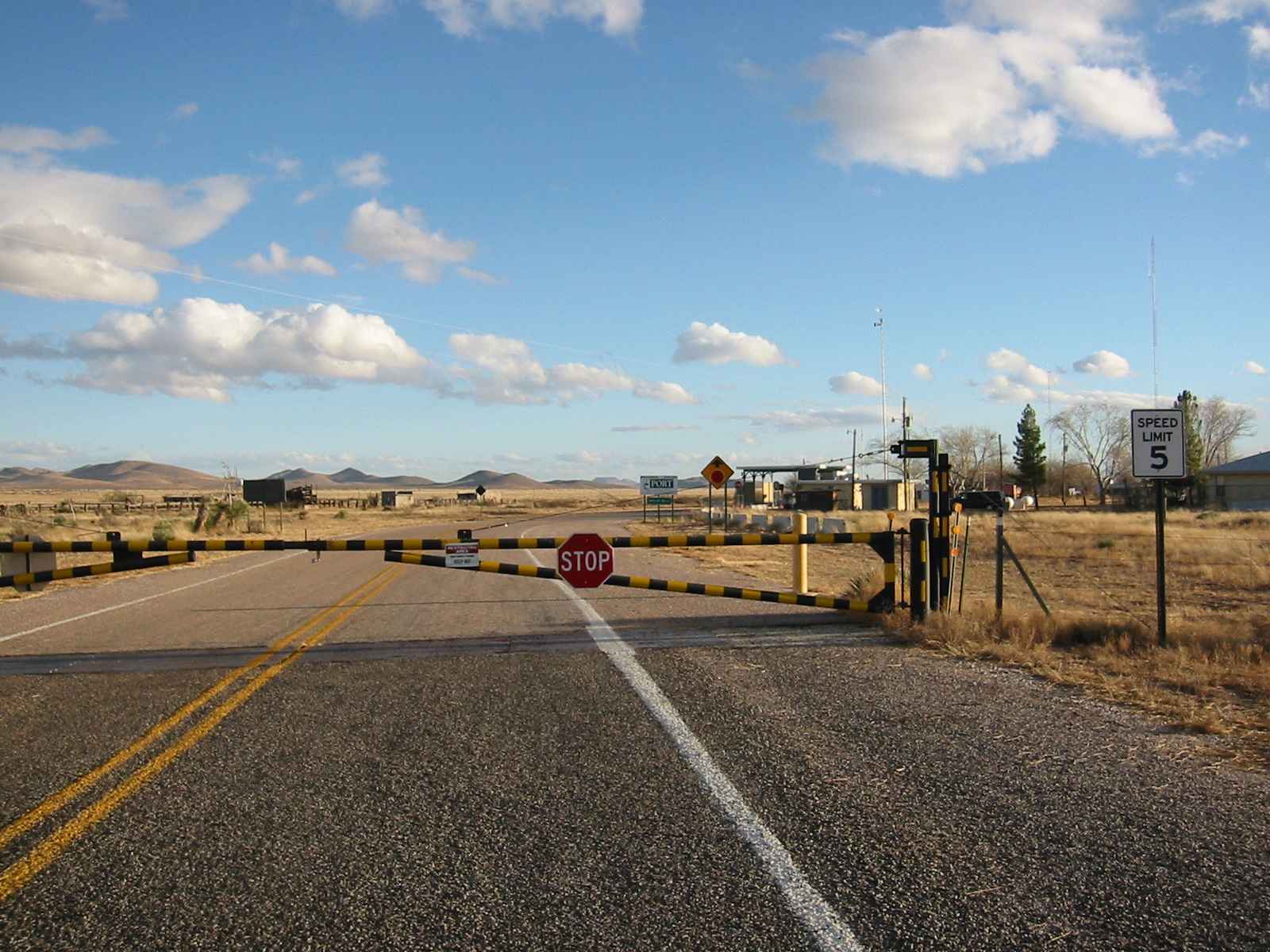
Despite its remote location, Antelope Wells has witnessed moments of deep emotion and drama. Hikers on the Continental Divide Trail often finish their months-long trek here, describing the crossing as a surreal, almost spiritual finish line. Some ranchers depend on the crossing to move livestock or visit family on the other side. The agents stationed here often serve as both law enforcement and unexpected hosts, sometimes helping stranded travelers with water or directions. In 2022, a family stranded by car trouble was rescued by border staff—a reminder that even the most forgotten places can become sites of kindness and connection. The crossing is a stage for stories of perseverance, hope, and sometimes quiet despair.
Security in the Middle of Nowhere
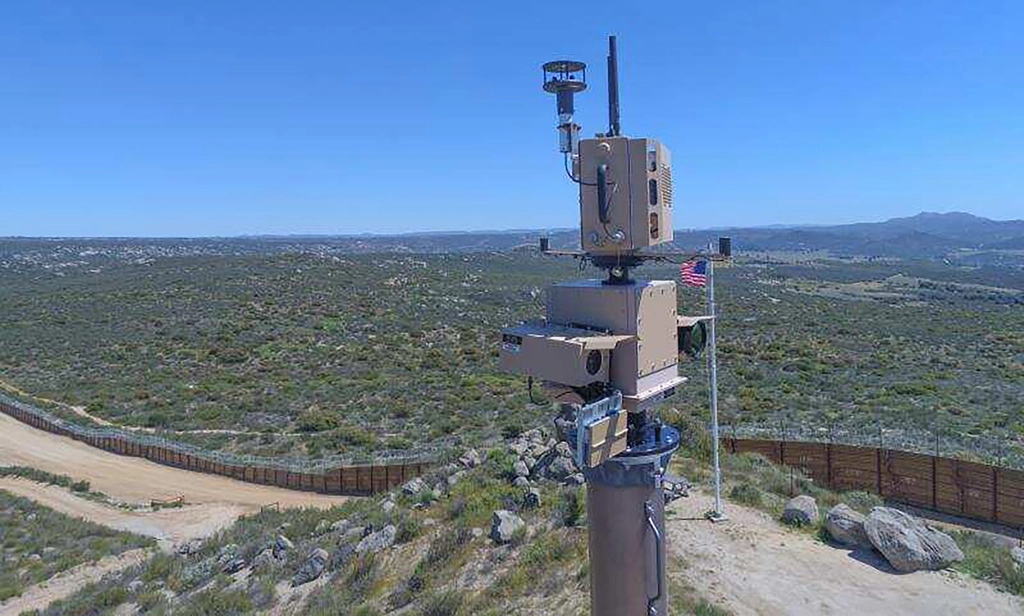
You might think that such a remote border crossing would be less secure, but the reality is quite the opposite. High-tech surveillance equipment—like ground sensors, cameras, and drones—monitors the desert around Antelope Wells. The area is a known corridor for drug and human smuggling, so agents remain vigilant, even when the official port is quiet. In 2023, several attempts to cross illegally were intercepted thanks to this technology. The juxtaposition of advanced security systems in such an empty, forgotten place only adds to the surreal feeling. It’s a silent battle between those trying to cross unnoticed and those working in near-total isolation to stop them.
The Environmental Challenge

The harsh desert environment shapes every aspect of life and work at Antelope Wells. Temperatures routinely soar above 100 degrees in summer, and water is scarce. Migrants crossing the desert face life-threatening risks from dehydration and exposure. In recent years, humanitarian groups have left water stations in the area, hoping to save lives. The relentless landscape can feel almost otherworldly, with endless stretches of sand, rock, and thorny plants. Border agents must contend with dust storms, rattlesnakes, and the constant threat of heatstroke. The environment itself becomes a silent guardian of the border—unforgiving, but strangely beautiful.
The Cross-Border Relationship
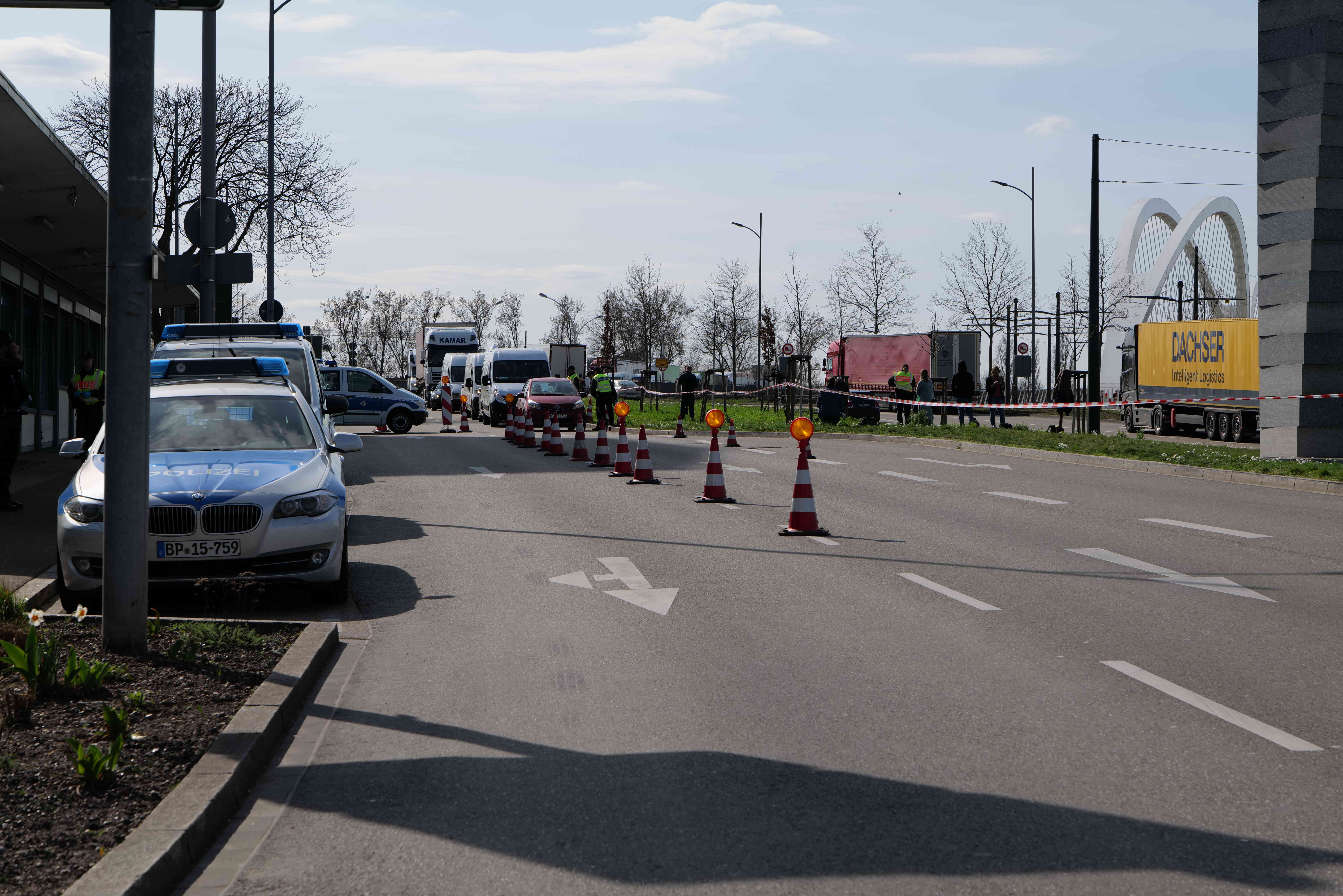
Despite the isolation, Antelope Wells represents a quiet but real connection between the United States and Mexico. The crossing is used by families who have lived on both sides of the border for generations, as well as by trade vehicles carrying agricultural products. Even with so little daily traffic, the port is a reminder that borders are not just lines on a map—they’re lived realities. In 2024, the U.S. and Mexico reaffirmed their commitment to cooperation at all ports of entry, including the smallest ones. This tiny outpost, nearly forgotten by the world, continues to play a role in the broader story of international friendship and exchange.
The Future of Antelope Wells

With immigration policies and border funding constantly in flux, the fate of Antelope Wells remains uncertain. Some officials have floated the idea of closing the port to cut costs, while others argue that its symbolic and practical value outweighs the expense. For now, it remains open—its future as unpredictable as the desert storms that sometimes sweep through. In 2024, a small grant was approved to maintain the facility and improve communications for the agents stationed there. The crossing’s fate will likely depend on larger trends in border security, migration, and rural development. It stands as a quiet testament to the enduring mystery and complexity of borders in a rapidly changing world.
When Reality Feels Like a Dream

Standing at Antelope Wells, with nothing but desert stretching out in every direction, the line between reality and dream feels thin. The border here is more than a fence or a gate; it’s a symbol of everything strange and wonderful about the places where worlds meet. For those who make the journey, it’s a reminder that even in the most unlikely places, history, hope, and humanity can still come together in ways that defy explanation.
